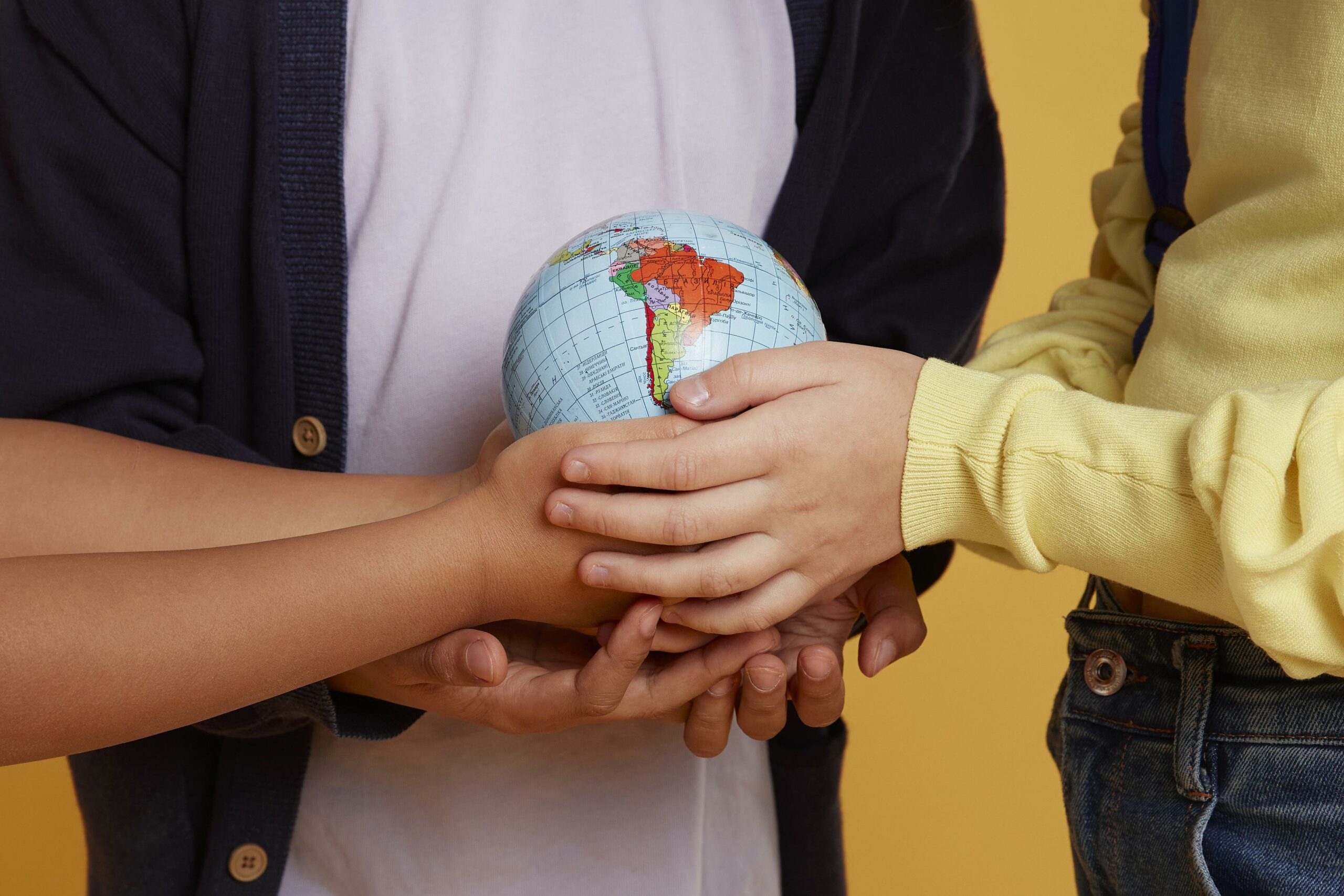April 24 is celebrated International Day of Multilateralism and Diplomacy for Peace. Despite the strong geopolitical tensions, based on an only apparent paradox, its importance must be emphasized even more. Established by the UN on December 12, 2018 – and celebrated for the first time the following year – this Day aims to promote the values of the policy of multilateralism: that is to say the adhesion of several States to a common project based on shared rules. The UN is in fact the international body that embodies the essence of multilateralism and its commitment to conflict prevention has remained – even “on the sidelines” – always constant.
The terrain on which to exercise diplomacy: multilateralism
Multilateralism is a fundamental concept for understanding international politics today. Often, to define it, it is opposed to unilateralism and bilateralism, because it designates a form of cooperation between at least three States. These entities choose to cooperate because they are aware that it is in their interest, especially when it comes to solving problems that they cannot solve individually. Multilateralism works thanks to a set of rules developed collectively, which guarantee all participating actors the same rights and duties.
You too can rediscover the pleasure of staying informed!
Your support helps protect our independence so that we can continue to produce quality journalism that is open to all.
Support us
Although the term originated after World War II, it can be argued that diplomacy and politics throughout the 20th century were based on multilateralism. A major turning point in its development was the creation of the League of Nations (1919), the first international organization aimed at maintaining peace and resolving disputes. Naturally, over the last hundred years, this approach has been able to constantly evolveadapting to changes in geopolitical structures.
Multilateralism as the underlying policy of the UN
After the dissolution of the League of Nations, the policy of multilateralism continued to be pursued by the United Nations (UN), established in 1945. Its Charter or Statute is one of the pillars of the international system in which we live still today. He establishes that among the tasks of the United Nations is that of “adopt effective collective measures to prevent and eliminate threats to peace”. Furthermore, another objective is “develop friendly relations between nations based on respect for the principle of equal rights”.
Among the tangible results of multilateral diplomacy, we should mention: mostly, the increase in the number of UN members over the decades. In fact, of the 51 countries of the founding, today we are at 193, the majority of the sovereign states in the world. Furthermore, the policies of multilateralism have led to the development of important international agreements to limit access to weapons, as well as the eradication of smallpox in the health sector and the protection of the right to education.
Anti-war diplomacy: a shared path
As the ongoing conflict between Ukraine and Russia and growing tensions in the Middle East demonstrate, multilateralism has not succeeded in avoiding all wars. However, it cannot be denied that its goal of always promoting diplomacy – reducing war to alast resort – it still paid off.
Furthermore – in the absence of multilateral agreements – even alliances between a small number of States have made it possible, in many cases, to manage crises or guarantee temporary stability in certain regions. This is why the International Day of Multilateralism and Diplomacy for Peace is an invitation to continue the path in this direction. To prevent humanity, forgetting the recent past, from renouncing its achievements in favor of the protection of rights and freedoms, fight to achieve a world without wars.
